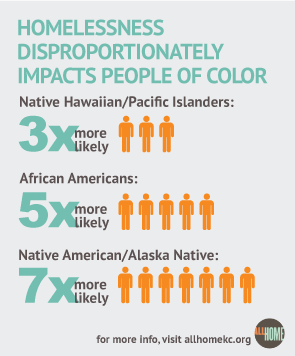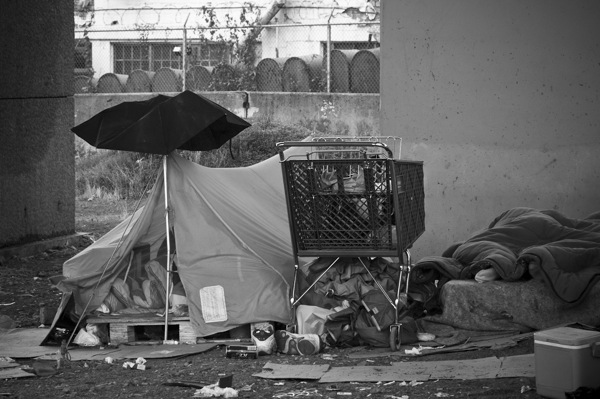Solutions to Homelessness in the Absence of Silver Bullets
 David Wertheimer is the Deputy Director for the Pacific Northwest Initiative at the Bill & Melinda Gates Foundation. This article originally appeared on Medium.com.
David Wertheimer is the Deputy Director for the Pacific Northwest Initiative at the Bill & Melinda Gates Foundation. This article originally appeared on Medium.com.
Courtney and her children, Athena and Adam, are homeless. You may pass by men, women and children like this every day, people who are living in cars, campers or tents, in abandoned buildings or under bridges. You may never see the families living in a relative’s garage, or the teenagers couch surfing from place to place. But no one can deny the growing presence of people who are homeless across the American landscape — and the increasing visibility of homelessness is a profound crisis facing our nation. Some have even dubbed these American Refugees, much like the people displaced by war, poverty and religious turmoil.
Homelessness is also getting more attention in the news. From cities and states declaring an emergency to a federal budget that proposes $11 billion in increased spending to address family homelessness, people who are homeless are finally finding an essential place in public dialogue.
For a problem that has been decades in the making, solutions won’t come easily. In communities up and down the west coast, the current state of emergency is rooted in deeply wounding cuts to the Department of Housing and Urban Development (HUD) that go all the way back to Reagan Era policies of the early 1980’s. The cuts were compounded by continued reductions in federal spending, and exacerbated by the Great Recession of 2008 and an economic recovery that left wages stagnant among low-wage workers and people with disabilities — while housing costs continued to skyrocket. In 162 housing markets across 33 states, the rental costs of a one-bedroom apartment exceeds 100% of the Social Security payment to people receiving Supplemental Security Income (SSI).
But there is hope. Effective research and faithful application of emerging evidence-based practices are pointing towards solutions. We really do know what to do to end homelessness:
1. Housing must come first. After decades of programs that offered housing as a reward for good behavior, (e.g., sobriety, finding a job, etc.), we now know that ending homelessness means housing first — housing is the platform for stability and success in life. This approach includes both comprehensive services in Permanent Supportive Housing, and less intensive interventions such as Rapid Re-Housing.
2. Focus on the strengths of people who are homeless, not on their weaknesses. People who are homeless are remarkably strong. Building on this resilience, progressive engagement, offers a basic level of support at first, and then adds only those additional supports needed to secure housing stability and positive momentum in life. Most people who are homeless want to work, and many are already gainfully employed. Helping people improve their skills and job-readiness is an important part of ending homelessness.
3. Challenge and change the expensive traditional approaches to homelessness. We now know that there are more effective and efficient responses. This means challenging a status quo homelessness “industry” that can be wedded to existing, costly, outdated interventions — and fearful of what shifting to more effective and efficient responses might do to their programs and finances.

The solutions to homelessness won’t come quickly or easily. In addition to more effective practices, federal and state governments must take on more responsibility for funding solutions in partnership with cities and counties. After decades of neglect, federal and state resources for reducing homelessness must be substantially augmented and focused on the communities with the greatest need.
The deep connection between structural racism, sexism and homophobia further fuels the homelessness emergency. That people of color, single mothers and lesbian, gay and bisexual youth are at much higher risk for homelessness signals to all of us that if we are not talking about these issues explicitly, we will miss the mark in both designing and implementing solutions.
We will have a new U.S. president in 2017, but both parties are conspicuously silent about those at the extreme end of the economic inequity. We all have more to do to amplify public discussion of homelessness as a symptom of a society in distress. Our shared, collective responsibility for the well-being of the most vulnerable of our family members, friends and fellow citizens demands nothing less.


Comments